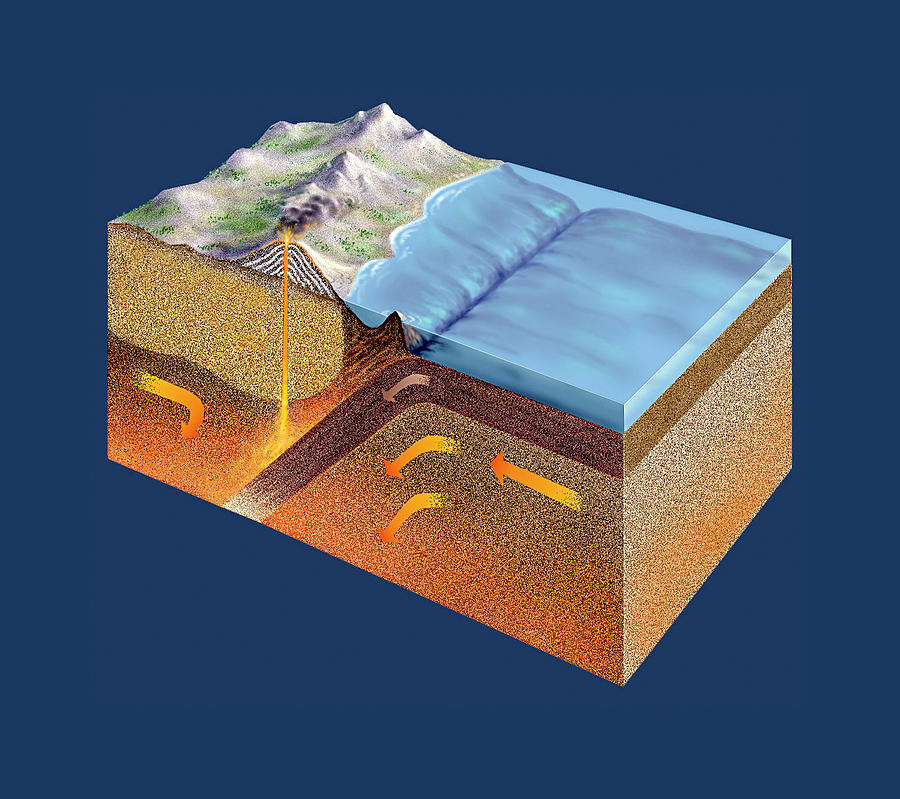

However, it is important to highlight that papers always treat more than one topic so that all are related lighting on different aspects of the complex and fascinating subduction zones geodynamics. Like other subduction zones, its been shown to have unleashed quakes greater than 8.0 in magnitude - and possibly as high as 9.0 - with the largest ones happening around every 550 to 1400 years. Subduction zone geodynamics, Seismic tomography and anisotropy, Great subduction zone earthquakes, Seismogenic zone characterization, Continental and ridge subduction processes.Įach of the 13 papers collected in the present volume is primarily concerned with one of these topics. They are organized into five main topics: The papers included in this special volume offer a unique multidisciplinary picture of the recent research on subduction zones geodynamics. The San Andreas fault, by contrast, runs about 750 miles under the northern California coast and parts of inland southern California. This volume contains a collection of contributions that were presented in June 2007 in Montpellier (France) during a conference that gave a state of the art panorama and discussed the perspectives about "Subduction Zone Geodynamics". That subduction zone is capable of producing earthquakes with devastating destructive potential, up to magnitude 9.0. It also deeply modifies the thermal and chemical structure of the mantle, producing arc volcanism and is responsible for the release of most of the seismic energy on Earth. There has been considerable achievements done during the past decades regarding the complex interactions between the various processes acting in subduction zones. The sinking of cold lithosphere into the mantle is thought by many authors to be the most important source of energy for plates driving forces. Subduction is a major process that plays a first-order role in the dynamics of the Earth.


 0 kommentar(er)
0 kommentar(er)
